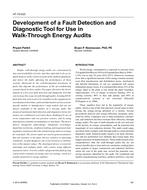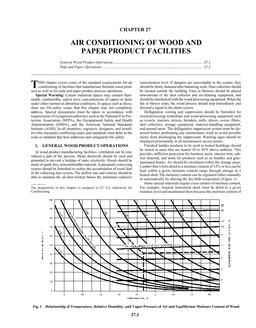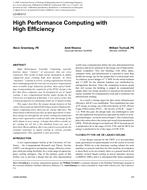Click here to purchase
Building envelopes today act as passive systems in a dynamic environment. Traditional energy-saving efforts have mainly tried to improve the performance of building envelope systems by increasing thermal resistance to a set value that reduces energy flow. However, changes in weather and indoor conditions often lead to situations in which a low thermal resistance would decrease energy use. The optimization of thermal resistance that is triggered by changes in temperature, solar radiation, or availability of energy from renewable sources is currently not possible. Controllable active insulation systems (AISs), in which the thermal resistance of the insulation material can be dynamically controlled within a certain range, can expand the capabilities of the building envelope. With AISs the building envelope is no longer only a passive barrier between indoors and outdoors; instead, heat transfer can be controlled. Moreover, when AISs are combined with the thermal mass in the envelope system, these can act as thermal batteries that can be loaded and unloaded on demand. To quantify the benefits of AISs, a literature study of active insulation and achievable thermal conductivity ranges, thermal simulation models, and control logics was performed. Based on this literature study, a simulation model was developed to control the thermal resistance of insulation materials. A methodology to assess the potential of active insulation systems to reduce energy use and enhance electrical grid services was established and applied to identify ideal implementation scenarios for active insulation systems. A significant reduction of total building energy consumption for heating and cooling was found in all climate zones. The savings for the slab-on-ground DOE residential prototype building for eight selected cities in different climate zones range from 4069 kBtu to 8433 kBtu. Depending on the control cooling during peak load hours in Los Angeles could be reduced by more than 80% without a negative impact on thermal comfort conditions.
Citation: Thermal Buildings XIV 2019
Product Details
- Published:
- 2019
- Units of Measure:
- Dual
- File Size:
- 1 file , 2.5 MB
- Product Code(s):
- D-Bldgs19-101


